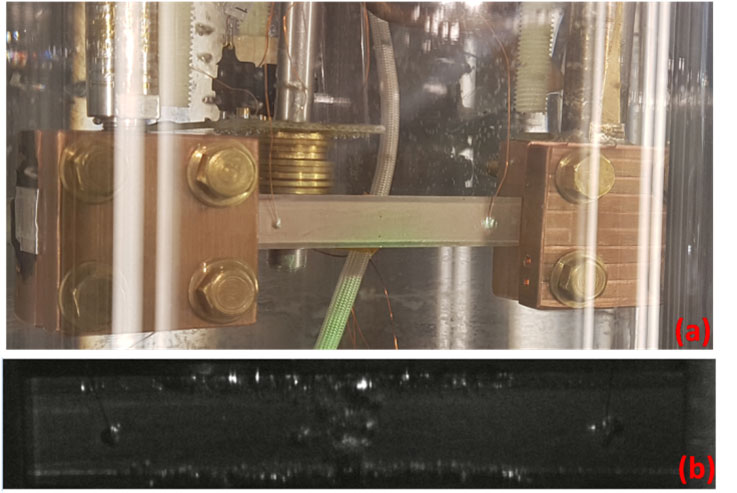AP8-6
Manufacturing Current Flow Diverter coated conductors for fault current limiters
Dec.3 16:30-16:50 (Tokyo Time)
Institut de Ciència de Materials de Barcelona (ICMAB-CSIC) Campus de la UAB, 08193 Bellaterra, Barcelona, Spain1
Chemin de Polytechnique 2500, Montréal, Canada2
Université Grenoble Alpes – CNRS,25 Avenue des Martyrs, 38042 Grenoble, France3
OXOLUTIA SL, AvingudadelCastell de Barberà, 26, 08210, Barcelona,Spain4
THEVA DünnschichttechnikGmbH, Rote-Kreuz-Straße 8, 85737 Ismaning, Germany5
For creating direct fault isolation in multi-terminal HVDC systems, the Superconducting Fault Current limiter comes as a promising candidate thanks to its fast intrinsic resistive switching operation. However, for fault current levels close to its average critical current, the state-of-the-art architecture of coated conductors (CC) are prone to develop destructive hot spots due to variations in their local critical current. The Current Flow Diverter (CFD) concept is a modification of the CC architecture concept that has proven to increase the conductor’s robustness against hot-spot regime by boosting the normal zone propagation velocity (NZPV) [1]. This architecture works by creating a high resistive interface between the metallic shunt and the superconducting (RE)BCO in the central section of a conventional CC. In the framework of the FASTGRID project, this work discusses the details in manufacturing novel architectures of CFD CCs in a reel-to-reel system based on 12 mm-wide THEVA CCs using different materials as the resistive layer to create the CFD effect. The experimental CFD CC was tested for current fault limitation in both clear and hot-spot regime and later analyzed using Scanning Hall Probe Microscopy to verify the structural integrity of the superconducting layer. We demonstrate that the NZPV value is enhanced up to 7 times when compared to conventional CCs at the same current intensity.
[1] Lacroix C, Lapierre Y, Coulombe J and Sirois F 2014,High normal zone propagation velocity in second generation high-temperature superconductor coated conductors with a current flow diverter architecture, Supercond. Sci. Technol27 055013
Keywords: CFD, Normal zone propagation velocity, Coated conductors, Fastgrid
